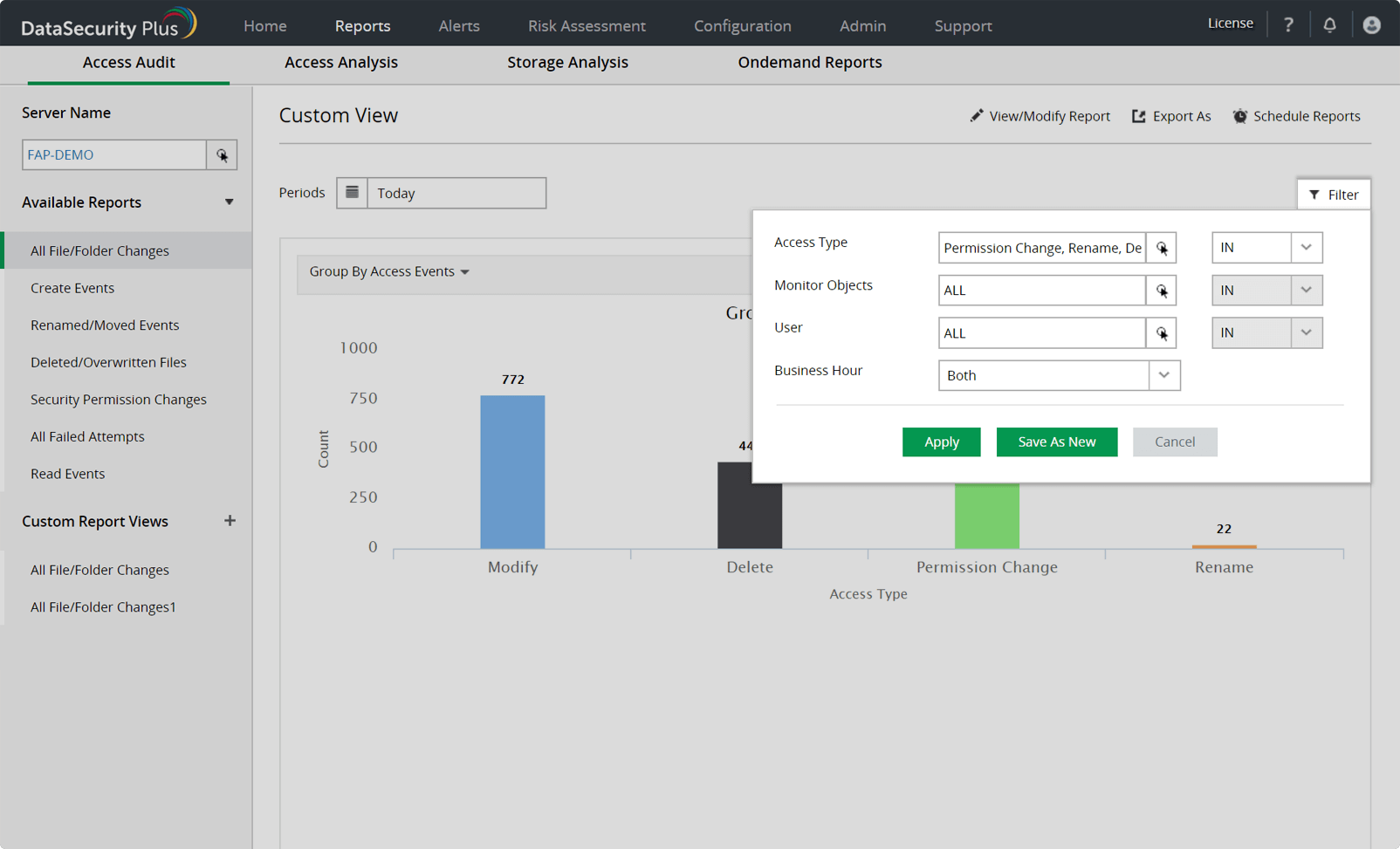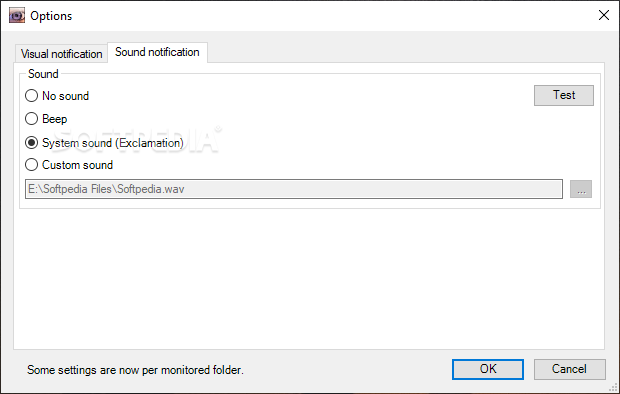

- #Monitor folder and print new files full#
- #Monitor folder and print new files plus#
- #Monitor folder and print new files windows#
If you recurse subfolders in large directories that have a high number of branches, this might cause timeout errors or performance issues.ĭefine what the sensor does if the content or file name of the folder changes, or if there are new or deleted files:
Monitor the folder and its subfolders (recursive) : Monitor the folder and all of its subfolders. Do not recurse subfolders (default) : Only monitor the folder. Specify if the sensor includes subfolders in the folder monitoring: #Monitor folder and print new files windows#
To monitor Windows shares, the LanmanServer service must run on the target computer. The server part ( \\server\ ) is taken from the parent device settings of this sensor. If the file is located on a network device, use the Universal Naming Convention (UNC) path without the server part (only enter share\folder ).
#Monitor folder and print new files full#
Choose from the lowest priority ( ) to the highest priority ( ).Įnter the full path to the folder this sensor monitors. The highest priority is at the top of a list. This setting determines the position of the sensor in lists. The sensor has the following default tags that are automatically predefined in the sensor's settings when you add the sensor:
#Monitor folder and print new files plus#
It is not possible to enter tags with a leading plus ( +) or minus ( -) sign, nor tags with parentheses ( ()) or angle brackets ( ).įor performance reasons, it can take some minutes until you can filter for new tags that you added. You can use tags to group objects and use tag-filtered views later on. Confirm each tag with the Spacebar key, a comma, or the Enter key. You cannot change it.Įnter one or more tags. This setting is for your information only. The tags that the sensor inherits from its parent device, parent group, and parent probe. For more information, see the Knowledge Base: What security features does PRTG include? If the name contains angle brackets ( ), PRTG replaces them with braces ( ) for security reasons. By default, PRTG shows this name in the device tree, as well as in alarms, logs, notifications, reports, maps, libraries, and tickets.

 Minutes : Select this option if the File Age Limit is a number of minutes.Įnter a name to identify the sensor. Hours : Select this option if the File Age Limit is a number of hours. Days : Select this option if the File Age Limit is a number of days. This setting is only visible if you select a file age check above. Enter the age of a file in the folder that triggers the sensor status change if the age falls below a specific value or if it is exceeded. You can change this setting later via the Limits section in the channel settings of Newest File and Oldest File. Show down status if younger : Set the sensor to the Down status if one of the files in the folder is younger than a specific limit unit. Show warning status if younger : Set the sensor to the Warning status if one of the files in the folder is younger than a specific limit unit. Show down status if older : Set the sensor to the Down status if one of the files in the folder is older than a specific limit unit. Show warning status if older : Set the sensor to the Warning status if one of the files in the folder is older than a specific limit unit. Do not check : Do not check the age of the files in the folder:. Even better, you can create an alert and get notified every time a new file is created in the secure location.Specify if the sensor monitors the folder for certain file ages and shows a corresponding status : You can even subscribe to the report and receive it on schedule right to your inbox. Monitoring for new files in a secure location using this report helps you keep your data secured without having to check and decipher the system event logs. The PowerShell script provided above searches a folder on a Windows share for new objects and outputs the results to your console window.īut why not streamline the process with Netwrix Auditor for Windows File Servers? Simply run a predefined report and you’ll get not just the list of new files, but also additional actionable details, such as which users created the new files in the directory. To stay informed about new files in important folders, you can make a point of manually executing a simple PowerShell script on a regular basis to get all files created or modified after you last ran the script. A folder that contains sensitive data should not be getting new files without your knowledge.
Minutes : Select this option if the File Age Limit is a number of minutes.Įnter a name to identify the sensor. Hours : Select this option if the File Age Limit is a number of hours. Days : Select this option if the File Age Limit is a number of days. This setting is only visible if you select a file age check above. Enter the age of a file in the folder that triggers the sensor status change if the age falls below a specific value or if it is exceeded. You can change this setting later via the Limits section in the channel settings of Newest File and Oldest File. Show down status if younger : Set the sensor to the Down status if one of the files in the folder is younger than a specific limit unit. Show warning status if younger : Set the sensor to the Warning status if one of the files in the folder is younger than a specific limit unit. Show down status if older : Set the sensor to the Down status if one of the files in the folder is older than a specific limit unit. Show warning status if older : Set the sensor to the Warning status if one of the files in the folder is older than a specific limit unit. Do not check : Do not check the age of the files in the folder:. Even better, you can create an alert and get notified every time a new file is created in the secure location.Specify if the sensor monitors the folder for certain file ages and shows a corresponding status : You can even subscribe to the report and receive it on schedule right to your inbox. Monitoring for new files in a secure location using this report helps you keep your data secured without having to check and decipher the system event logs. The PowerShell script provided above searches a folder on a Windows share for new objects and outputs the results to your console window.īut why not streamline the process with Netwrix Auditor for Windows File Servers? Simply run a predefined report and you’ll get not just the list of new files, but also additional actionable details, such as which users created the new files in the directory. To stay informed about new files in important folders, you can make a point of manually executing a simple PowerShell script on a regular basis to get all files created or modified after you last ran the script. A folder that contains sensitive data should not be getting new files without your knowledge.







 0 kommentar(er)
0 kommentar(er)
